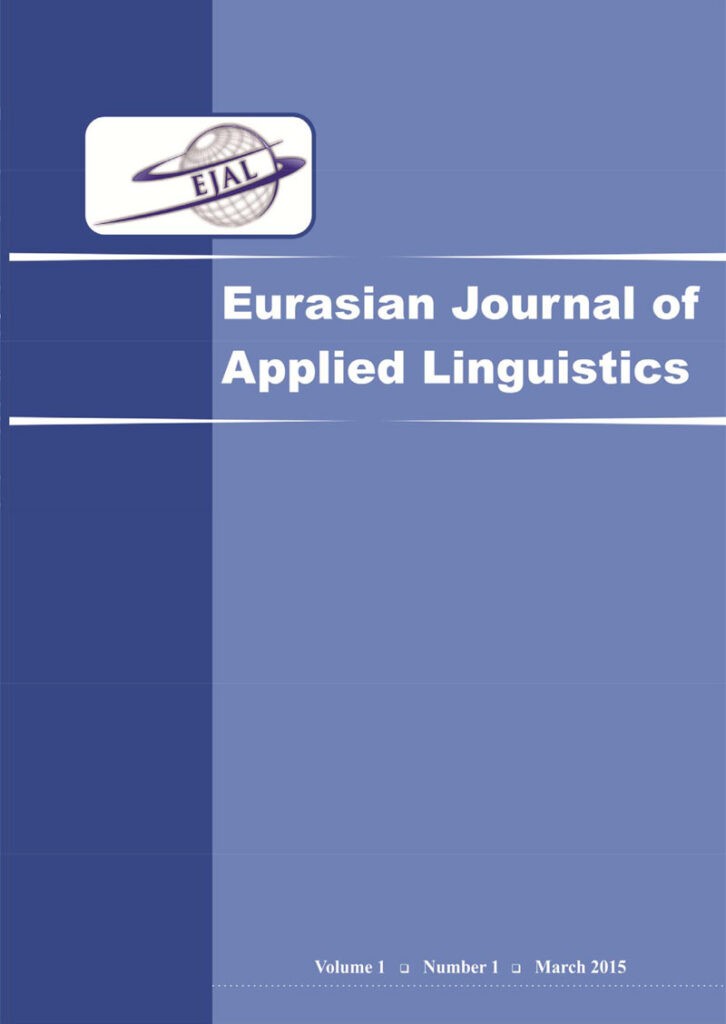Karim Sadeghi
Urmia University
Urmia University
Zainab Abolfazli Khonbi
Urmia University
Urmia University
Keywords: Iranian EFL students, Language learning aptitude, Language learning strategy use
Abstract
Fundamental to any consideration of research into students’ roles in any educational program is the focus on the most efficient way(s) of learning for students. Following the same thread, this study aimed to explore the patterns of language learning strategy (LLS) use (based on Oxford’s SILL, 1990a) and its links with language learning aptitude (LLA) (as measured by Carroll and Sapon’s MLAT, 1983) of a cohort of male (N = 16) and female (N = 32) Iranian students at Urmia University. One-way ANOVA indicated significant differences between the two genders on their use of cognitive and metacognitive LLSs in favor of males but not on their aptitude scores. Two-way ANOVA revealed a significant role for aptitude level but not gender on students’ language learning strategy use. Pearson product-moment correlation also revealed significant relationships among the components of MLAT and LLSs. Detailed findings and discussions are presented in the paper.

